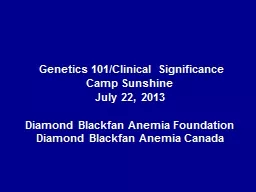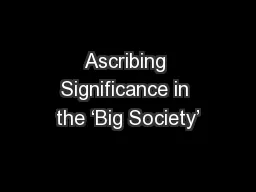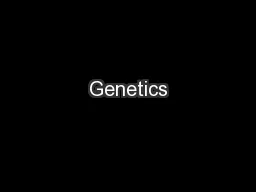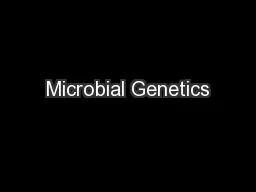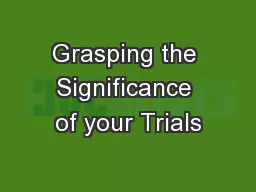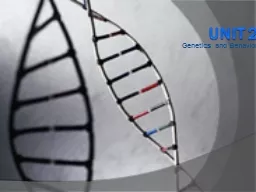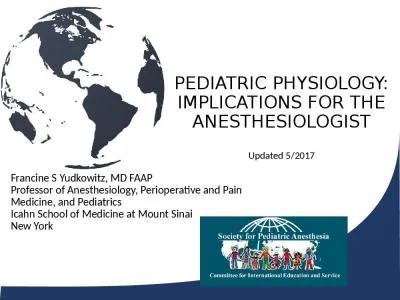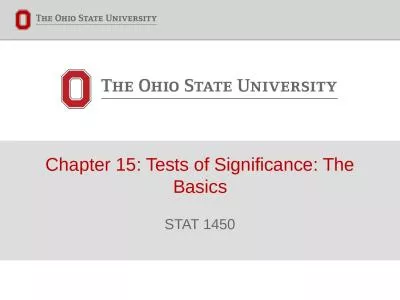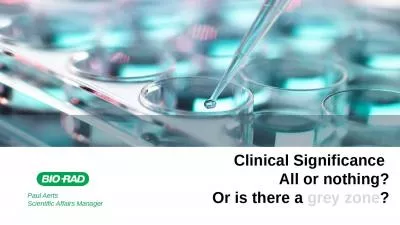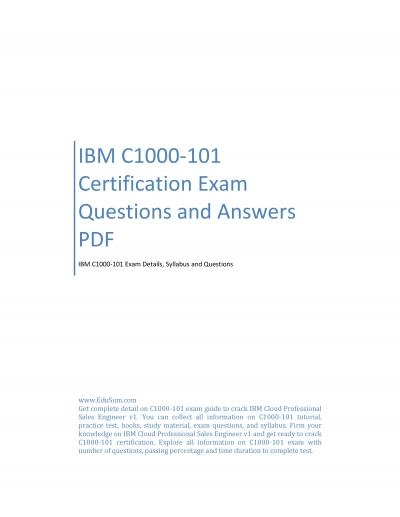PPT-Genetics 101/Clinical Significance
Author : danika-pritchard | Published Date : 2015-09-21
Camp Sunshine July 22 2013 Diamond Blackfan Anemia Foundation Diamond Blackfan Anemia Canada THE FUNDAMENTALS Humans have 46 chromosomes in each cell 23 pairs
Presentation Embed Code
Download Presentation
Download Presentation The PPT/PDF document "Genetics 101/Clinical Significance" is the property of its rightful owner. Permission is granted to download and print the materials on this website for personal, non-commercial use only, and to display it on your personal computer provided you do not modify the materials and that you retain all copyright notices contained in the materials. By downloading content from our website, you accept the terms of this agreement.
Genetics 101/Clinical Significance: Transcript
Download Rules Of Document
"Genetics 101/Clinical Significance"The content belongs to its owner. You may download and print it for personal use, without modification, and keep all copyright notices. By downloading, you agree to these terms.
Related Documents

